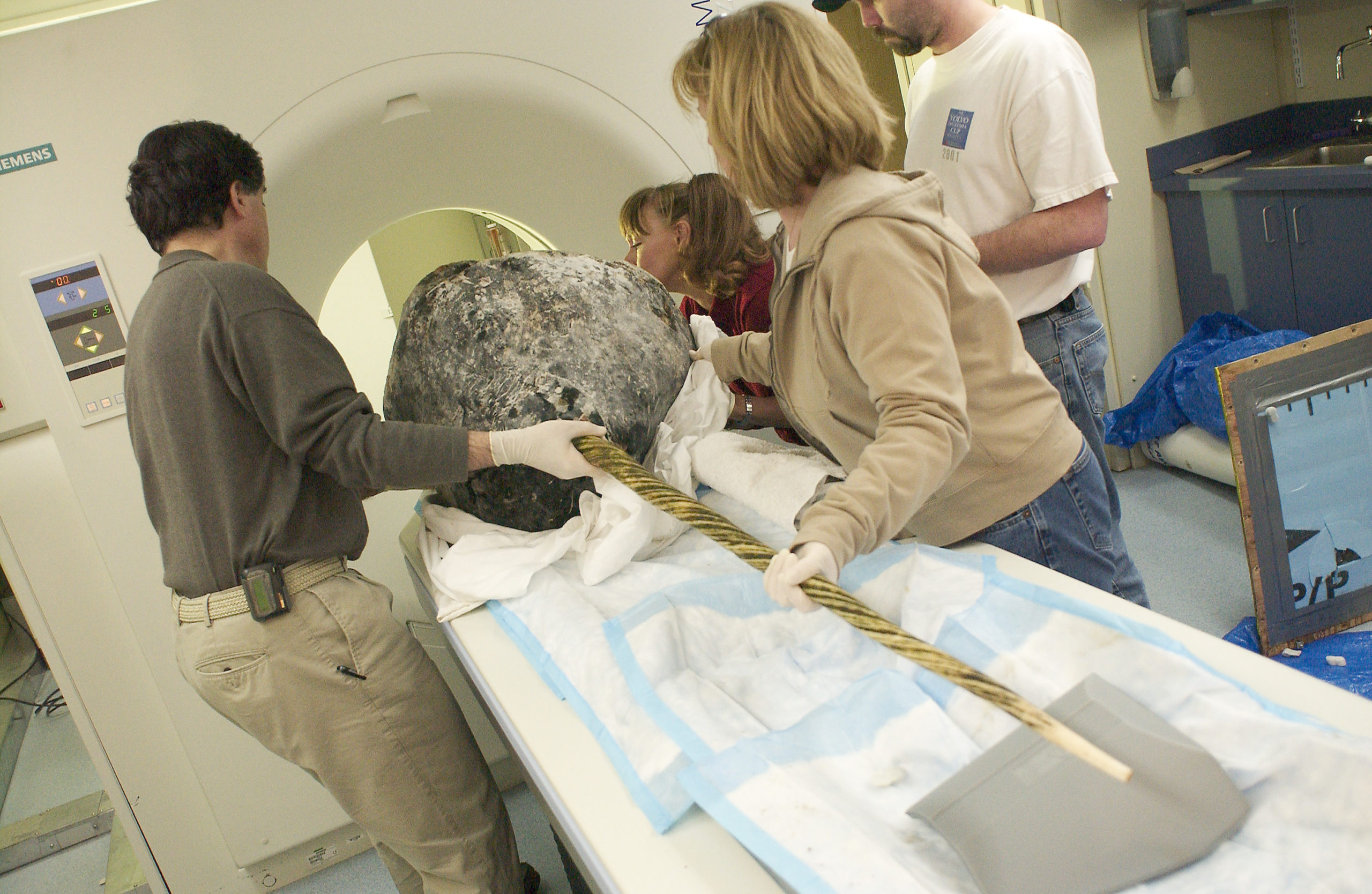Field Studies
TE’s in Mammalian Evolution
Transposable elements (TEs) are genomic components with the ability to move or copy themselves from one location to another within a genome. Because of this ability to mobilize, they have a tendency to increase in copy number. For example, in the human genome there are ~1 million copies of a 300 base transposable element called ‘Alu’. Alu elements make up around 10% of the human genome. In mammals generally, about 50% of the genome is made up of TEs. Because TEs can insert themselves just about anywhere in a genome, they can be both a cause of problems and a source of evolutionary innovation. They can be problematic because when they insert, they could insert within or near a functional gene, disrupting the function of that gene. In addition, the fact that there are multiple copies can lead to other events that lead to duplication and deletion of regions through non-homologous recombination. TEs are not all bad, though. They serve as a source of evolutionary innovation by providing novel transcription factor binding sites and, through the same sorts of disruptive processes, can lead to new phenotypes. For example, the merle coat pattern seen in many dog breeds is the result of a TE insertion in a color patterning gene. As one could imagine, knowing what the TE-derived half of the genome looks like and how it may be impacting the function of genes across Mammalia is an important part of this Zoonomia project. We are examining all of the genomes to determine what types of TEs are present in each genome, where they’re located, and how they might be impacting the way each lineage of mammals has evolved.
Words & Story by
David Ray, Texas University






